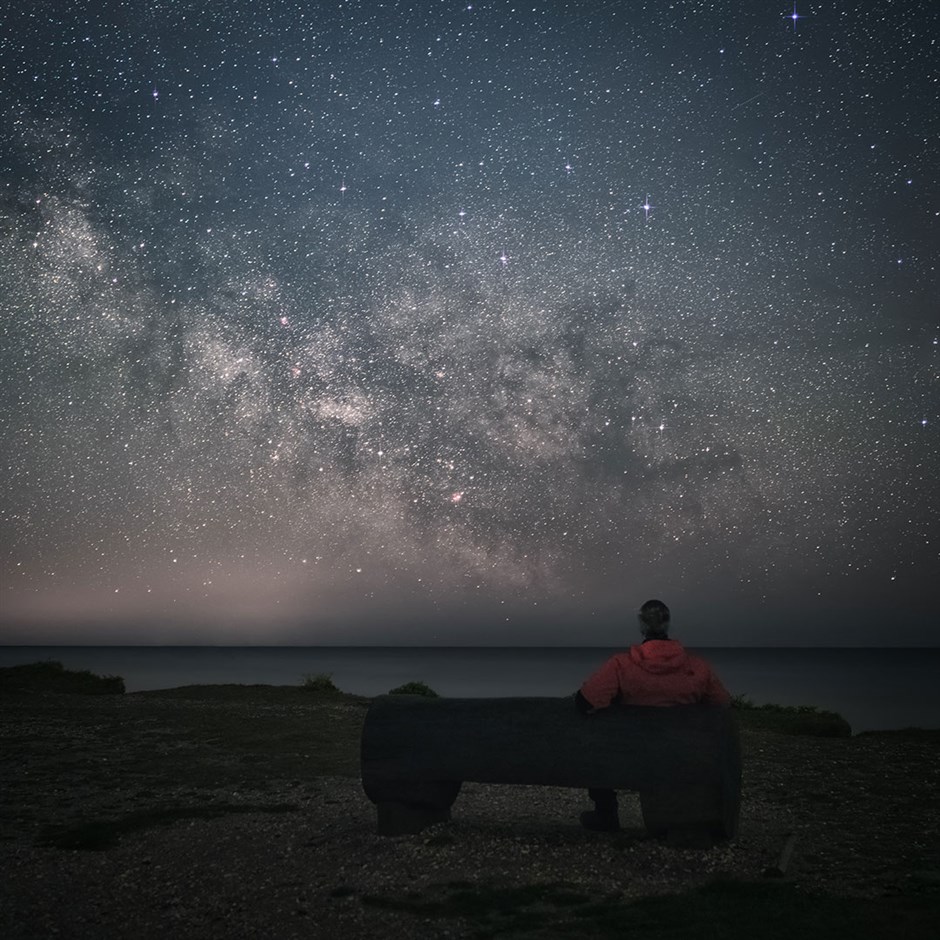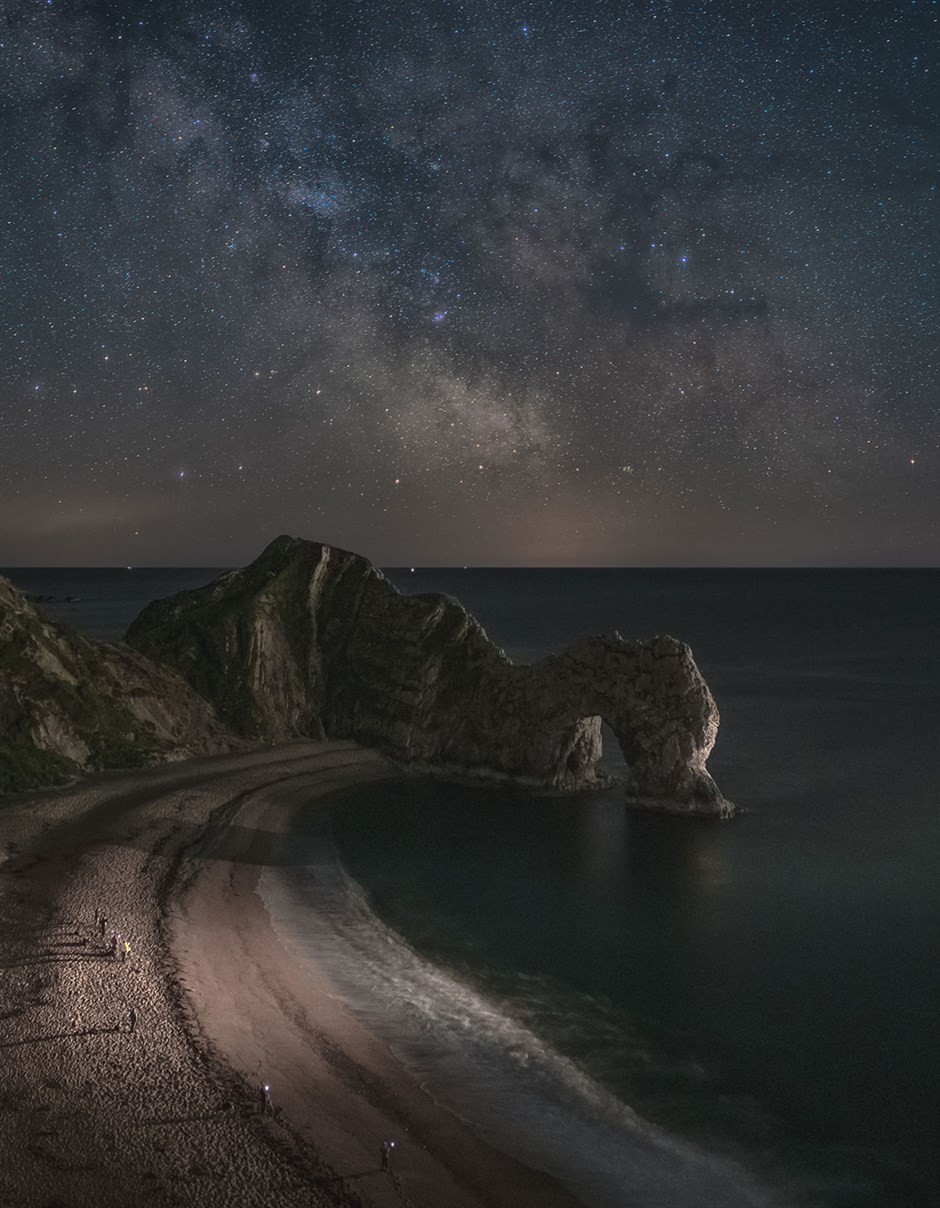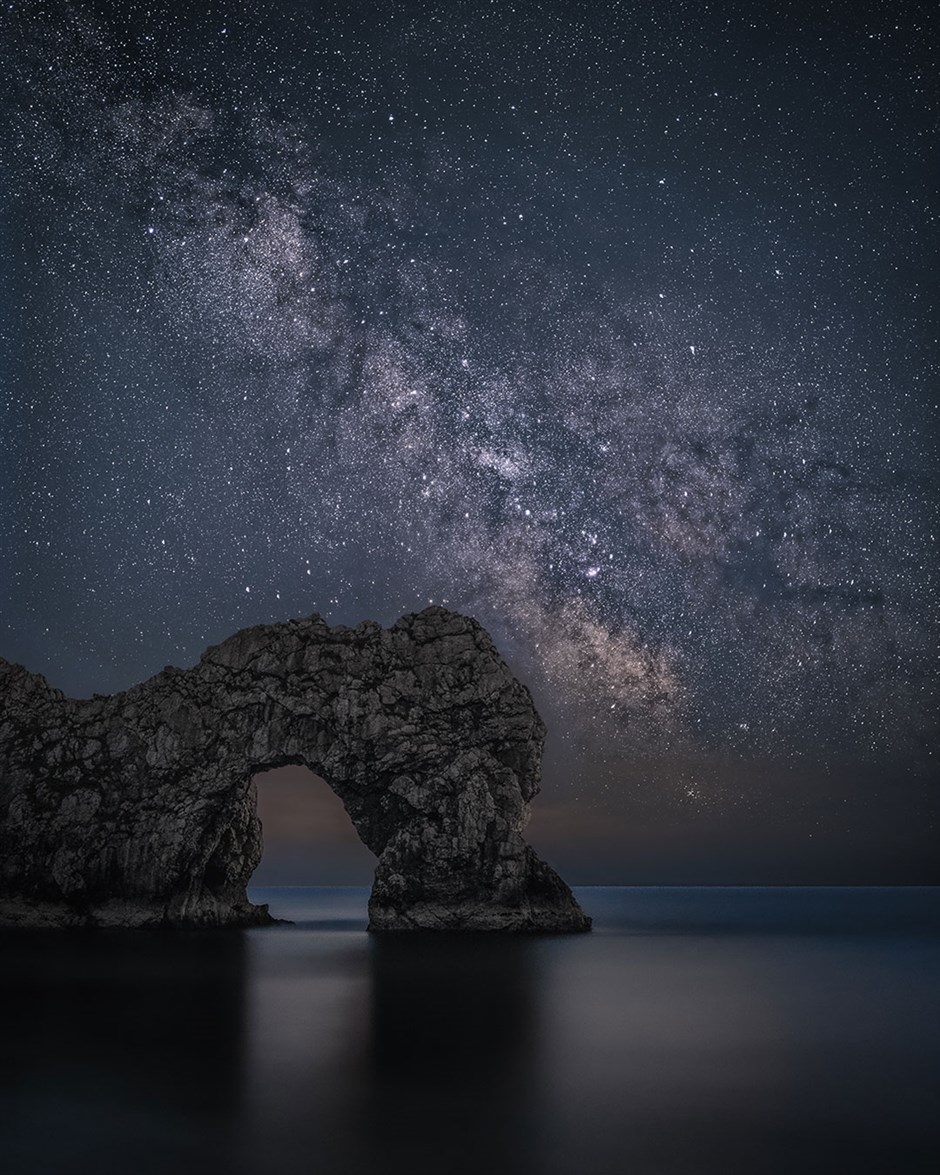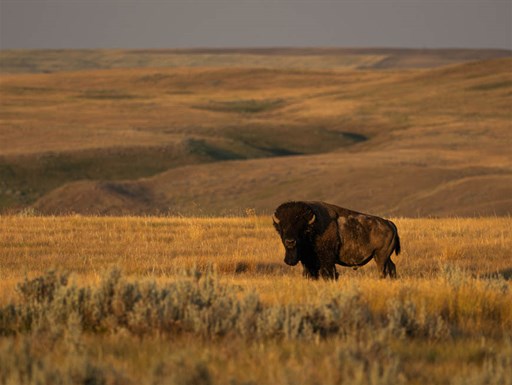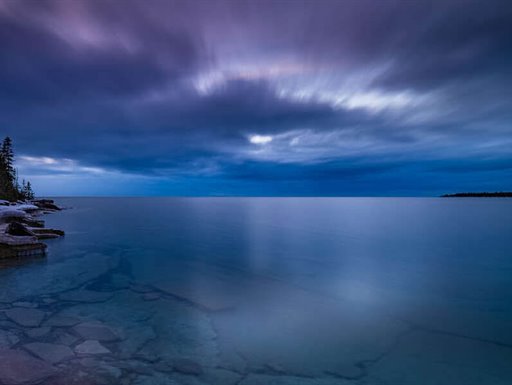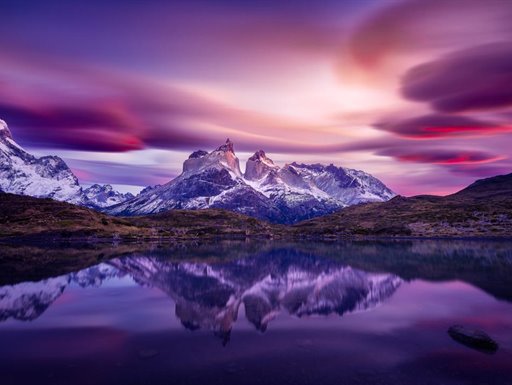I am a family man, living in Bournemouth on the south coast of England. Happiest when standing knee deep in water or doing an impression of a mountain goat on the side of a cliff.
I have always been around cameras and photography but only recently found my niche. As I grew up I had numerous cameras from classic 35mm SLRs such as the Pentax Spotmatic to various digital cameras including a 2MP not-very-compact early digital camera through to DSLRs. I have been an Olympus shooter since 2017 using the OM-D E-M10 MkII, OM-D E-M1 MkII & OM-D E-M1 MkIII cameras and an array of lenses. While I primarily shoot seascapes and I love shots that have a lot of close foreground detail, I also dabble in other areas such as widefield astrophotgraphy, macro and even a little video.
In 2019 -2021 I had the honour of being an Olympus UK Mentor, assisting with projects and running workshops with the Olympus UK Team.
I was also one of 4 photographers from across the world selected to shoot launch content for the OM-D E-M1 MkIII in 2020.
Now in 2022 I am a fully fledged OM SYTEM Ambassador!
My Full Links are here: https://linktr.ee/tomormerod
Support me by buying OM SYTEM & Olympus kit through my Affiliate link
